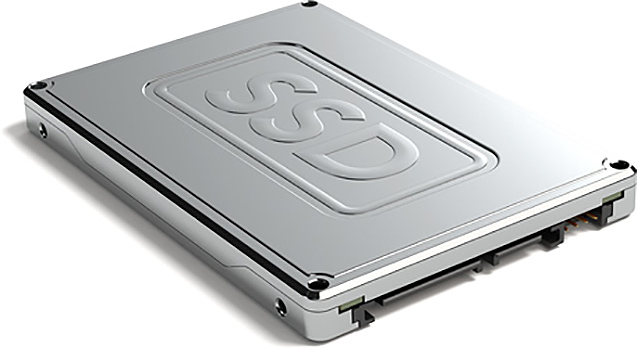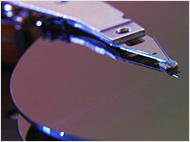How to recover data from an SSD drive
- Published: May 19, 2017
- Updated: September 5, 2021
There are many advantages that SSDs have over traditional mechanical hard disk drives (HDD). The main list includes the speed of reading and writing information, resistance to mechanical damage and low power consumption. The main disadvantages include high price and a short time to failure.

An SSD consists of a control unit and a memory unit (a FLASH chip and a DRAM chip). The SSD drive can be widely used as a portable hard drive, micro hard drive, memory card, U-disk etc.
Since the SSD drive has a limited number of write cycles, there is a risk of data loss. Based on that, we want to tell you how to recover data from an SSD drive by yourself.
First, let’s look at the main reasons for data loss from an SSD:
- damage to electrical and physical components;
- wear;
- file corruption caused by software problems or an operating system malfunction;
- virus attacks.
Chances to recover data on SSD
The process of deleting files from an SSD is fundamentally different from the process of deleting files from a conventional hard drive.
If the file is deleted from a regular hard disk, then this is only an index that you delete. That is, the real data still remains there until this space is overwritten by new files. In an SSD, contents will be deleted immediately by the TRIM command.
What is TRIM, then? When you write new data to a mechanical hard disk, Windows will allow the disks to erase previous data first. Then the new data will be placed in the appropriate place. When you simply perform the delete operation, Windows will mark the corresponding space as available for writing, but will not delete the contents of the actual file.
However, when Windows recognizes an SSD and confirms that TRIM is supported, it will immediately delete the file instead of creating a special tag.

Fortunately, SSD data recovery is possible under the following conditions:
- It is possible to restore files if you connect the SSD to your computer as an external hard drive via a USB port;
- Data is restored when using an SSD in a RAID array, since TRIM is not supported in this disk array;
- TRIM support has been introduced since Windows Vista. Therefore, for Windows Vista and earlier versions the TRIM command is not supported, and it means that data recovery is possible;
- If the file system crashes, the disk is not readable or not available at all, your deleted files can be restored, because the TRIM team was not applied;
- If your SSD is old enough, it may not support TRIM. Therefore, the deleted data can be recovered.
If your situation matches one of these conditions, you can recover the lost data using data recovery software.
Which programs can help you recover data from SSDs?
Magic Partition Recovery
If your disk contains deleted partitions or bad sectors, Magic Partition Recovery can restore any information from there. This program restores all types of files from all types of media. The Quick Scan mode displays a list of deleted files in a matter of seconds, while deep analysis mode finds files by their contents, without relying on the file table. Magic Partition Recovery fixes errors in the system disk structure and recovers heavily damaged, deleted and overwritten file systems.
Magic Uneraser
The product recovers all deleted files and folders almost instantly. As this program supports recovery of all file types, including MS Office documents, digital photos, MP3 and ZIP archives, it will quickly and reliably resurrect all your data. If you have cleared the Recycle Bin or deleted an important document without sending it to the Bin, formatted the memory card or lost your files on a hard disk no longer available, Magic Uneraser will help you in any situation. Magic Uneraser supports all types of media, including hard drives, SSD drives, USB flash drives and memory cards.
Like This Article?
Stay Tuned






Comments